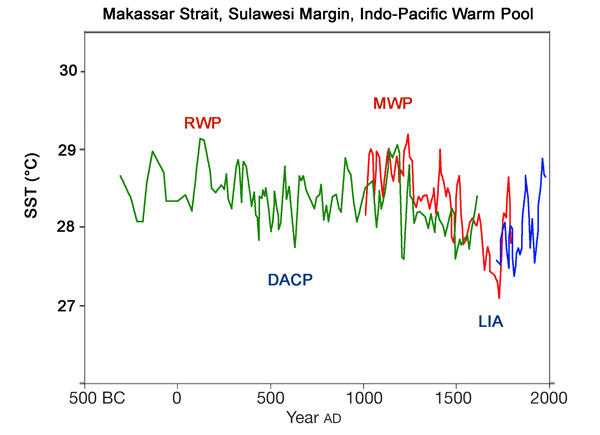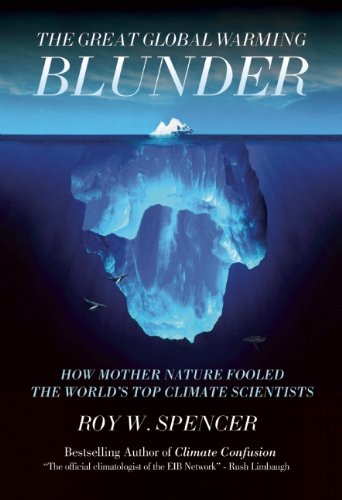trysail
Catch Me Who Can
- Joined
- Nov 8, 2005
- Posts
- 25,593
http://www.washingtonpost.com/wp-dyn/content/article/2010/04/05/AR2010040503722_pf.html
Scientists' use of computer models to predict climate change is under attack
By David A. Fahrenthold
Washington Post Staff Writer
Tuesday, April 6, 2010; HE01
Scientists' use of computer models to predict climate change is under attack
By David A. Fahrenthold
Washington Post Staff Writer
Tuesday, April 6, 2010; HE01
These and other models are only as smart as the scientists who build them -- they rely on data that scientists have gathered about the real world, and the accuracy of estimates about how all the factors fit together (Is an experienced coach more or less important than young defensive backs?).
They also depend on the computers running them. To accurately depict how individual clouds form and disappear, for instance, the computers that model climate change would need to be a million times faster. For now, the effects of clouds have to be estimated.
But scientists say complexity doesn't guarantee accuracy. The best test of a model is to check it against reality.
"We're never going to perfectly model reality. We would need a system as complicated as the world around us," said Ken Fleischmann, a professor of information studies at the University of Maryland. He said scientists needed to make the uncertainties inherent in models clear: "You let people know: It's a model. It's not reality. We haven't invented a crystal ball."
*****
"It's an educated, scientifically based guess," said Michael Winton, an oceanographer at the National Oceanic and Atmospheric Administration. "But it's a guess nonetheless."
But Warren Meyer, a mechanical and aerospace engineer by training who blogs at www.climate-skeptic.com, said that climate models are highly flawed. He said the scientists who build them don't know enough about solar cycles, ocean temperatures and other things that can nudge the earth's temperature up or down. He said that because models produce results that sound impressively exact, they can give off an air of infallibility.
But, Meyer said -- if the model isn't built correctly -- its results can be both precise-sounding and wrong.
"The hubris that can be associated with a model is amazing, because suddenly you take this sketchy understanding of a process, and you embody it in a model," and it appears more trustworthy, Meyer said. "It's almost like money laundering."
*****















